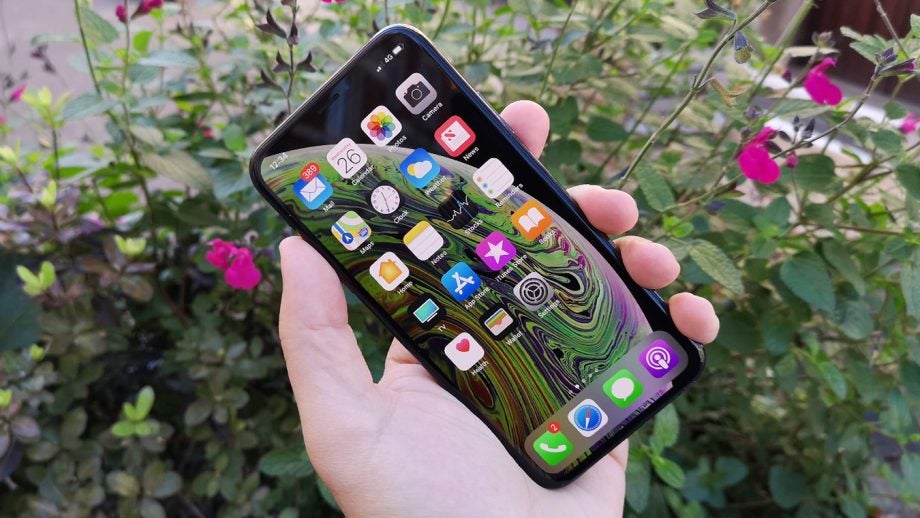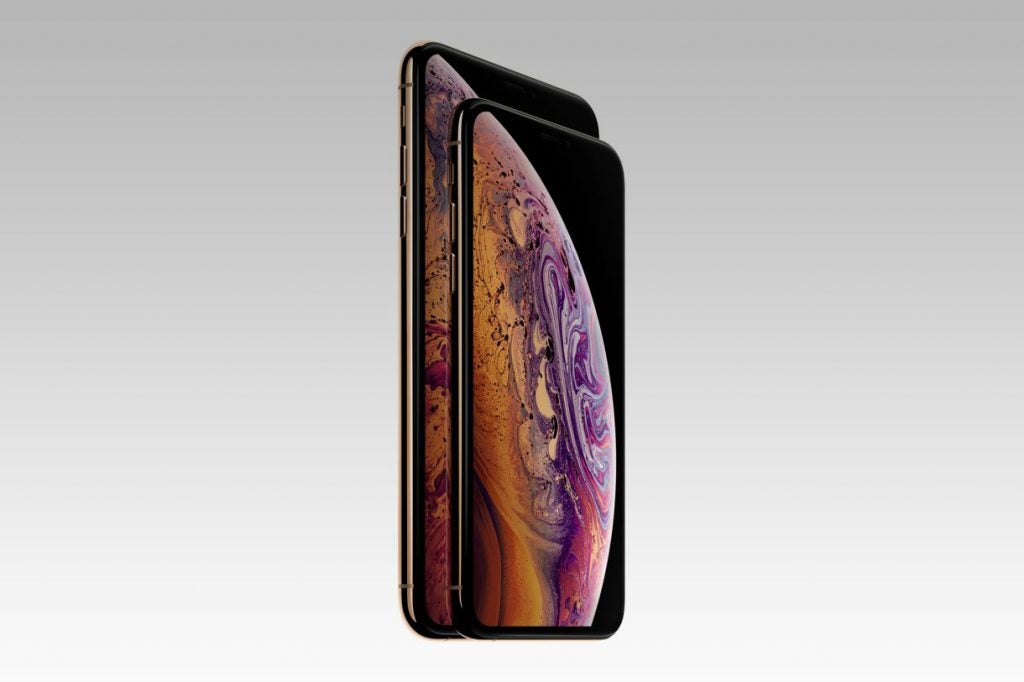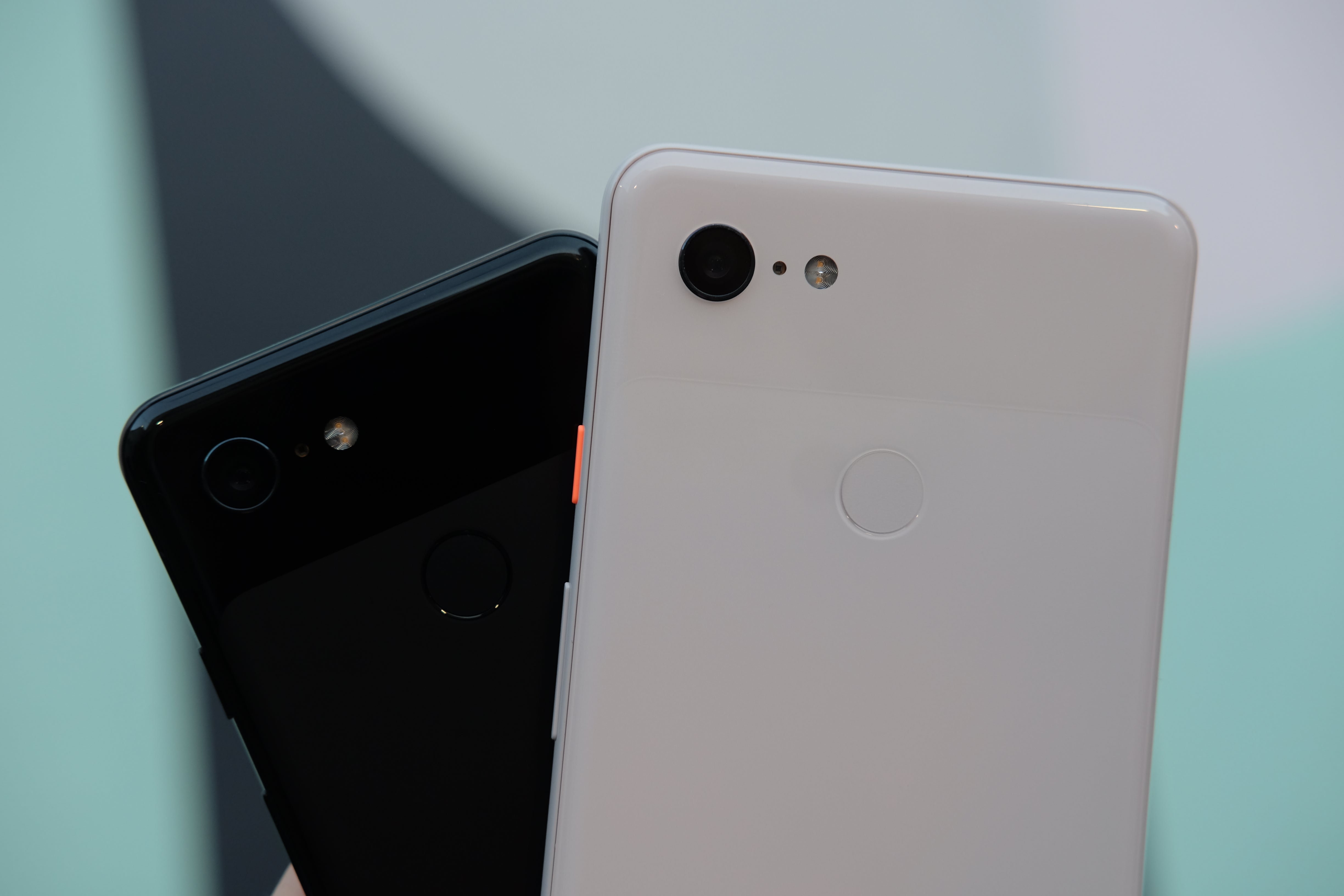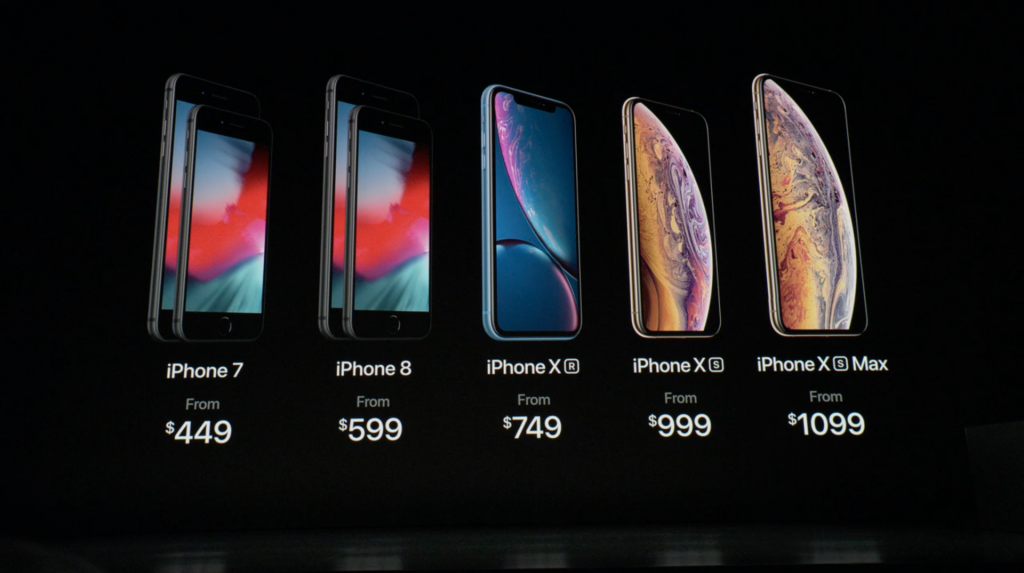Google Pixel 3 vs iPhone XS: Worth the wait?

Google Pixel 3 vs iPhone XS: Do Google’s new Pixels trump 2018’s iPhones?
With two out of three of Apple’s 2018 iPhones now in our hands – the iPhone XS and iPhone XS Max, we’ve been wondering what Google might produce as a suitable riposte.
While little was left to the imagination thanks to the wealth of leaks that preceded them, the Google Pixel 3 and Pixel 3 XL have now arrived in an official capacity. Let’s see just how competitive the smartphone race is between two of the world’s largest companies in 2018.
Google Pixel 3 vs iPhone XS – Design
The iPhone X marked a huge change in direction for Apple in terms of design, with the company ditching a tired look that had been around since the iPhone 6.
Related: iPhone XS vs Samsung Galaxy S9

Apple got rid of that bezel, switched from aluminium to stainless steel and the resulting device looked so much more modern as a result. A year on and the company clearly feels those changes were good enough because both the XS and the XS Max follow the exact same principles.
The iPhone XS looks near-identical to the iPhone X, except Apple says that it’s used tougher glass on the XS, and there’s a new gold colour option to sit alongside the silver and Space Grey variants. The device is also IP68-rated for water and dust-resistance.
Arguably, the biggest difference between the X and the XS is the introduction of a secondary, larger model with a 6.5-inch display, as opposed to 5.8-inches. The iPhone XS Max is roughly the same size as the iPhone 8 Plus, but with a much larger display.
[videoai]Similarly to Apple, Google hasn’t strayed that far from the design path when you look at the Pixel 2 and Pixel 3 side by side. The brand’s signature glass ‘visor’ still makes an appearance, although now the entirety of each phone’s back is glass in place of metal, while on the front, both the 3 and the larger Pixel 3 XL sport extended aspect ratio displays.
The larger phone’s 6.3-inch 18.5:9 aspect ratio screen pushed Google to implement an inelegant notch, in which sits the phone’s dual front-facing cameras, while the smaller 5.5-inch phone uses the same hardware but forgoes the notch entirely.
As with its predecessor, the iPhone XS supports Qi charging and Google has finally seen sense and integrated the feature into the Pixel 3’s design too; going so far as to launch its own wireless charging stand alongside the phones.
Neither of these phones natively support a standard 3.5mm headphone jack, but at least Google still has the decency to include a USB-C to 3.5mm adapter in-box. New iPhone owners will have to pay Apple about $9/£9 for the privilege of adding the functionality back in on their pricey new phones.
Google Pixel 3 vs iPhone XS – Features
Keeping the iPhone XS (and XS Max) running is the Apple-made A12 Bionic SoC, paired with 4GB of RAM. Apple quotes a 15% performance increase over the outgoing A11 Bionic, plus a few other benefits like quicker LTE.
Storage starts at 64GB, rising to 256GB and 512GB. There is, in typical Apple fashion, no support for expandable storage.
Related: Best smartphones
The Snapdragon 845 that powers both the Pixel 3 and 3 XL already lagged behind Apple’s A11 in some benchmarks and the gap is even larger now that the A12 is here. This is partly down to Google’s timing, as it always defaults to using Qualcomm’s top chip at the end of its reign, right before being replaced. The Snapdragon 855 is rumoured to be just around the corner but we’re unlikely to see it in devices until 2019.

Google, too, doesn’t appear to be a fan of expandable storage, so again internal storage is fixed. The company is more forthcoming with free cloud storage for photos and videos, while local storage options fall to 64GB or 128GB.
As for those luscious displays, both iPhone variants support Dolby Vision and HDR10, 3D Touch and come running iOS 12. Stereo sound is also provided by two speakers and, instead of a fingerprint scanner, there’s Apple’s depth-sensing front-facing camera with Face ID.
Google’s displays are crisper, partly thanks to their higher resolution and respectively smaller sizes. OLED and HDR tech is also on the table and Android 9.0 implements a new form of gesture-based interaction on the company’s mobile OS that shares a few similarities with the more established iOS experience first reimagined for the iPhone X.
The rear-mounted fingerprint sensor from previous Pixels takes point on these phone’s backs and they both also support dual front-facing stereo speakers, which are supposedly 40% louder than those found on last year’s Pixels. We’ll have to do a side-by-side comparison to see how they compare to the iPhone’s offering.
Google Pixel 3 vs iPhone XS – Camera
Many of the new features found in the camera of the iPhone XS are reminiscent of the Google Pixel 2. Apple now uses computational photography and something that it calls ‘Smart HDR’ to stitch together multiple pictures, improving highlights and shadows. This appears to be very similar to the HDR+ mode that Google introduced in the Pixel 2 and Pixel 2 XL.
Related: What is Smart HDR?
The iPhone XS boasts two sensors: a wide-angle f/1.8 12-megapixel camera and a 2x zoomed telephoto camera also packing 12 megapixels. That secondary sensor is responsible for an improved Portrait mode, which now lets you manually alter the strength of the bokeh effect – even after the shot’s been taken.
Around the front is a 7-megapixel f/2.2 camera, which Apple says is faster than before. We’ll have to test this claim when we have the device in our hands.
Like their predecessors, the new Pixels still possess just a single rear 12-megapixel sensor, with more interest happening around the front. There you’ll find dual 8-megapixel cameras with the secondary sensor allowing you to grab more in-frame thanks to its wide-angle lens. No lossless optical zoom is an undeniable shortcoming but the gamut of new machine learning-supported features, such as Night Sight, look like they’ll yield seriously impressive results in real-world use.

Google Pixel 3 vs iPhone XS – Price
When Apple launched the iPhone X, it ushered in a new era of pricey phones costing a whopping £1000/$1000. To the surprise of pretty much no-one, the company continues with that trend this year.
Prices for the iPhone XS start at £999/$999 for 64GB, £1149/$1149 for 256GB and £1349 for the top-end 512GB variety.
If you want the larger iPhone XS Max then you’ll be splashing out even more. It starts at £1099/$1099 for 64GB, £1249 for 256GB and £1149 for 512GB. There’s little doubt over the fact that this is one expensive phone.
The Pixel 2’s RRP was £649, with the 2 XL costing £799. Adding an extra £100 to the prices doubles the 64GB storage to 128GB. The same rule of additional storage and price is true with 2018’s Pixels but the base prices have risen nearer to that of the iPhones.
Related: Google Pixel 3 deals
The Pixel 3 starts at £749/$799, while the larger Pixel 3 XL sells for £869/$899.
Related: Apple Watch 4
Early verdict
Considering the price difference, the Pixels may well offer greater value for money over Apple’s latest smartphones, even if they don’t quite match up from a design standpoint. We’ll know more once we’ve had the chance to review both devices.


